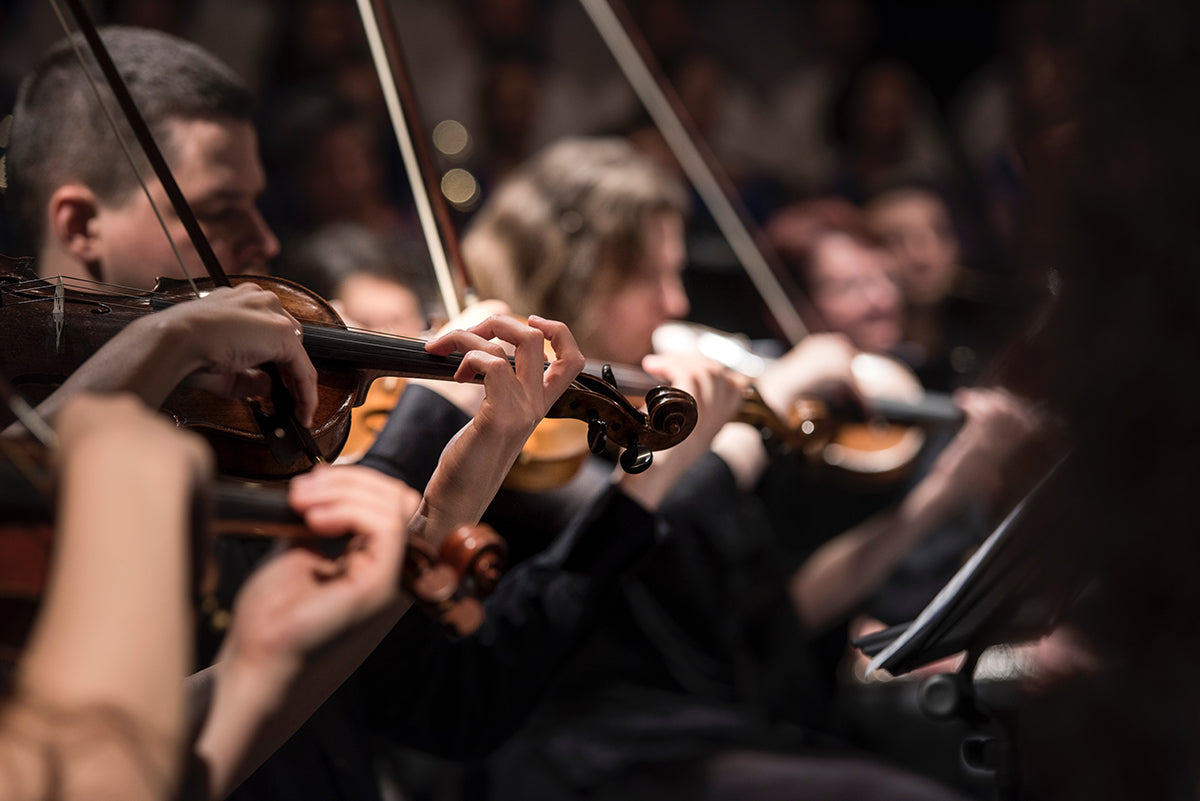By Erica Garcia
Nowadays, it seems that there are endless options for every part of your instrumental set-up. Cases are available in an endless amount of colors and patterns and instruments can be acoustic, electric, or even both. From varying styles of rock stops to an abundance of different types of strings, you can form your set-up to be whatever you desire. One of these options that you are presented with is what type of bow to use. At first glance, you may think wood to be the correct option. After all, this is what has been tried and true throughout history. However, as technology has progressed, that answer may not be correct for everyone.
Carbon Fiber Violin Bow Comparison
Both wood and carbon fiber are excellent options for bow material, and no matter which you choose, neither will hinder your capability for marvelous music making. That being said, depending on your own personal lifestyle and your environment, one option may be more manageable over the other.
Wood is a porous, temperamental material. The temperature and humidity of an environment controls how wood will expand and contract. When exposed to high temperatures, wood will expand. This can stretch out the hair on the bow, shortening its lifespan. When exposed to a dry environment with low temperatures, wood will dry out and contract. This causes the stick of the bow to be more prone to cracking, or even snapping. Even after a repair, there is a high likelihood that the bow will not draw the same sound out of your instrument. This is due to the exact structure of the stick being altered by the damage the bow has sustained. It is important to remember that proper instrument maintenance, such as using a humidifier in the winter and keeping your instrument out of sunlight and direct heat in the summer, will greatly aid in preventing these damages from occurring.
This is not to say that carbon fiber bows are clearly the best choice. Wood bows are known for drawing a warm sound, filled with overtones, out of an instrument. Due to the fact that wood bows have been crafted for centuries, the art has truly been mastered. Additionally, there is value in preserving history. Classical music is an art form filled with a rich past. Many musicians value recreating works in the most authentic ways possible, including using a bow similar to that which musicians of the past would have used.
What is Pernambuco?
Pernambuco, native to Brazil, is a type of wood that is highly preferred for crafting bows. This is due to its properties of being very flexible and light. It is highly sought after by bowmakers all over the world; however, there is currently a Trade ban on Pernambuco. As a result of this ban, the cost of wood bows has significantly increased in recent months. With the high cost of pernambuco bows, alternative materials, such as carbon fiber, are growing in relevance.
Carbon Fiber
Carbon fiber bows are a perfect tool for both professionals and students alike. Although it may sound that maintenance of wood bows is dramatically more than carbon fiber bows, it is important to note that in order to maintain your wood instrument, these precautions should be taken anyway.
Which is Right For You?
Although both bows have numerous benefits, there are better options for certain groups of musicians. For beginners and young students, carbon fiber bows are great options. Their durability is perfect for those who are younger or may be less cautious with their instrument and bows. For a casual musician, carbon fiber is great due to its low maintenance. For more advanced students and professionals, both carbon fiber and wood bows are great choices. Carbon fiber bows are durable and incredibly resistant to environmental changes. This makes carbon fiber bows a great option when playing outdoors or in any environment where the temperature and humidity fluctuates or cannot be controlled. Wood bows are perfect for their flexibility in tonal production. They can easily create great nuance in the sound. Wood is a natural material, and there is a sense of artistry and history associated with them, unmatched with a carbon fiber. With both carbon fiber and wood bows, there is a monetary and skill range. No matter if you are a young student or an advanced professional, you can grow and learn with either type of bow.



Leave a comment